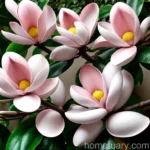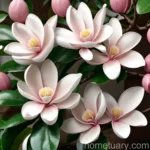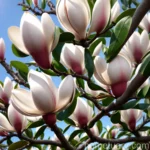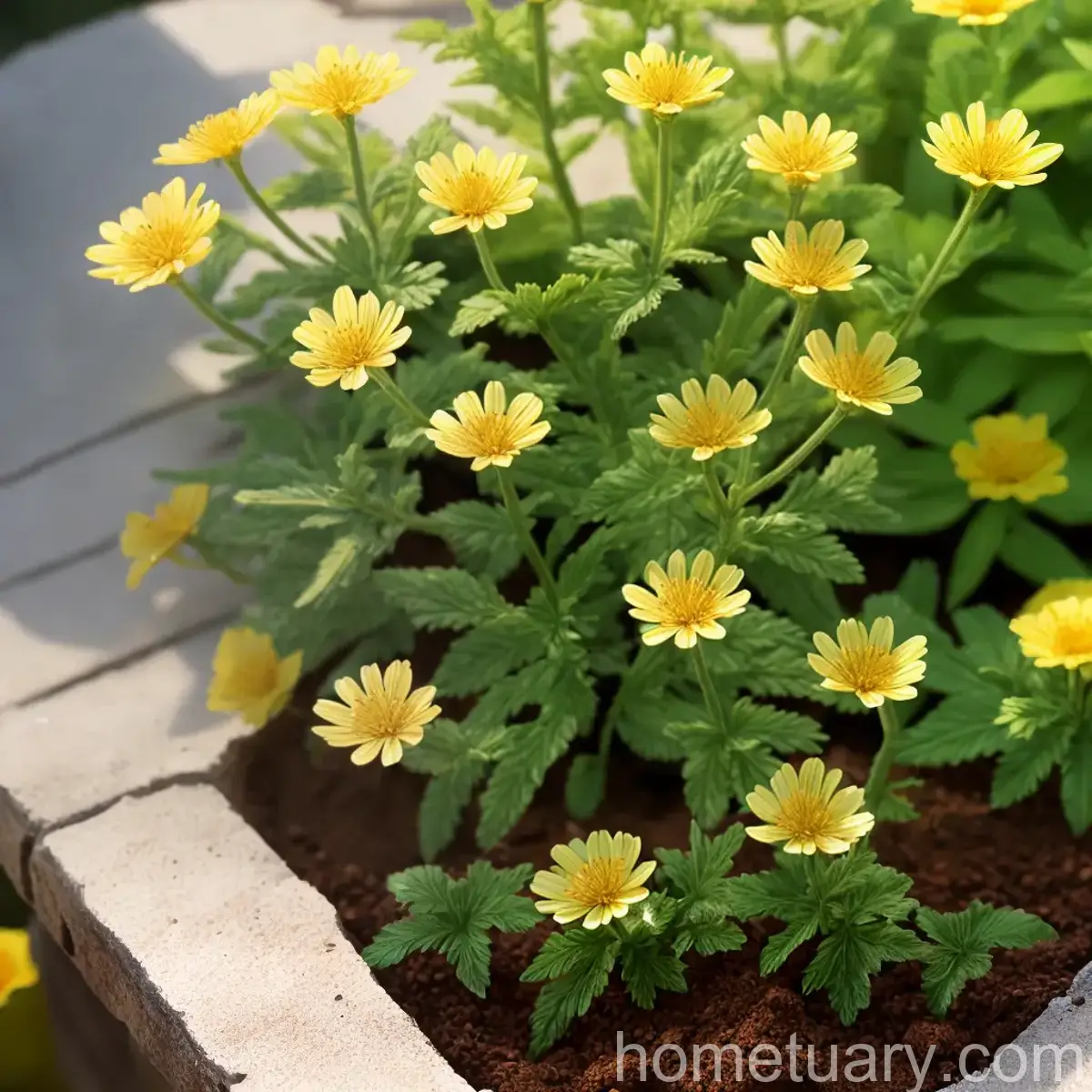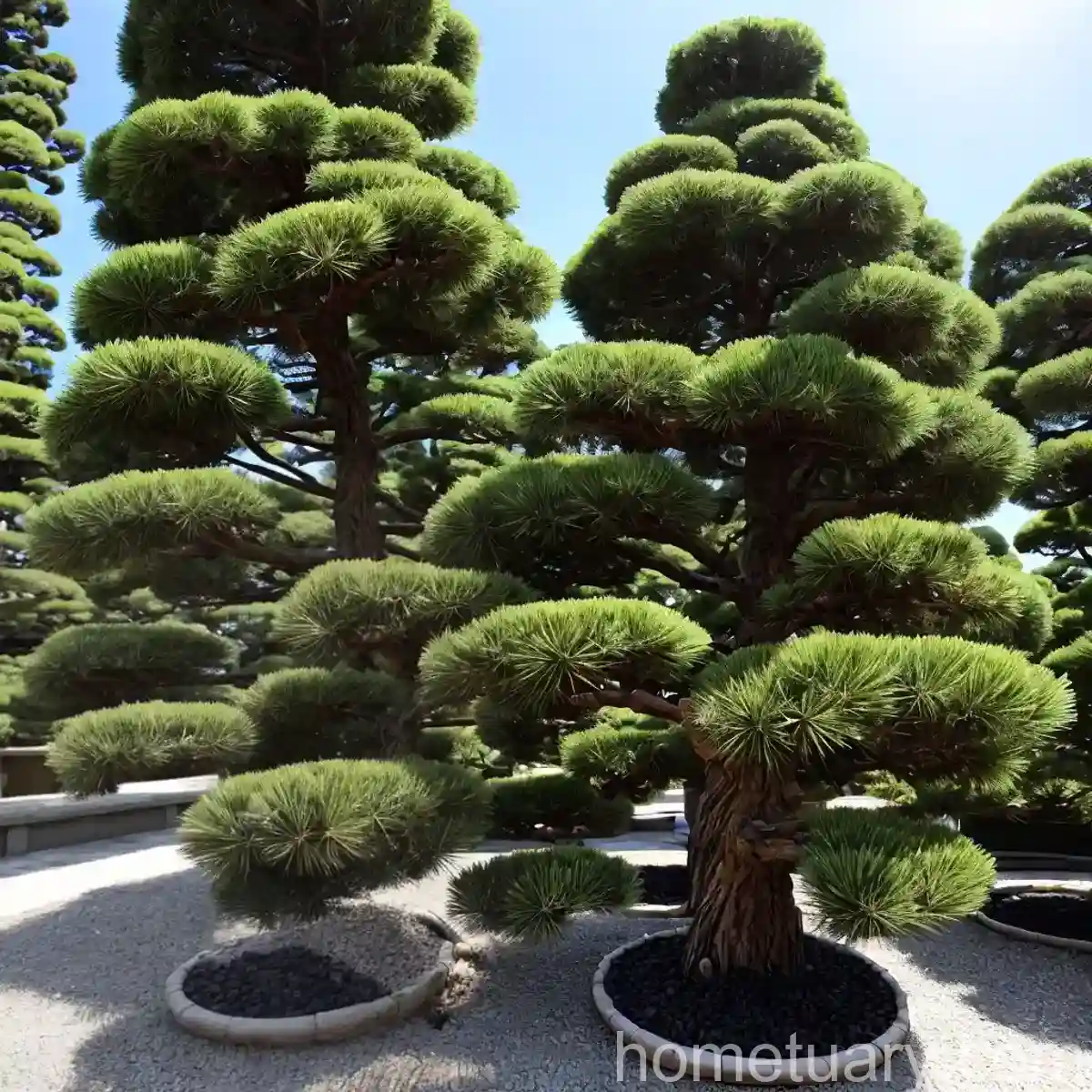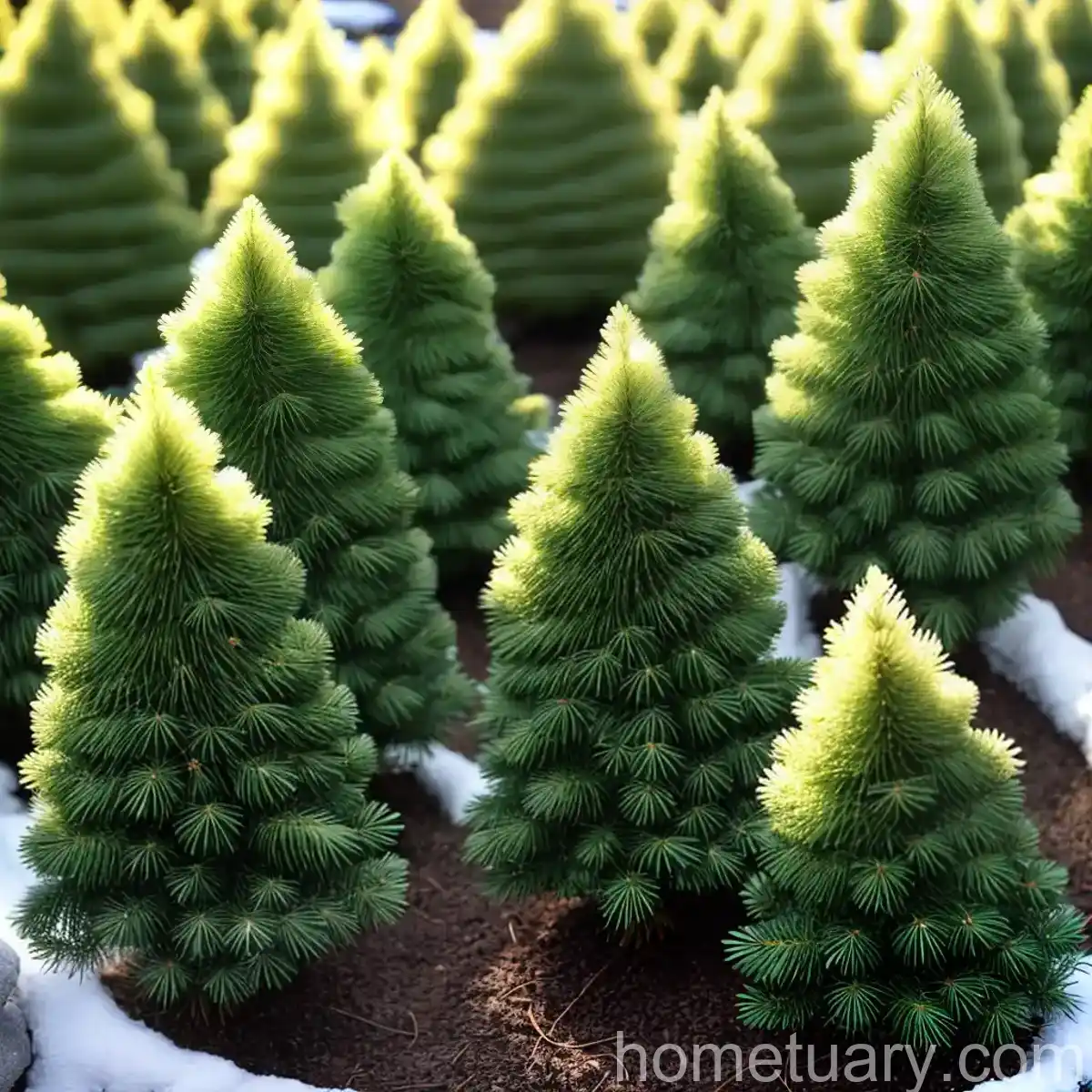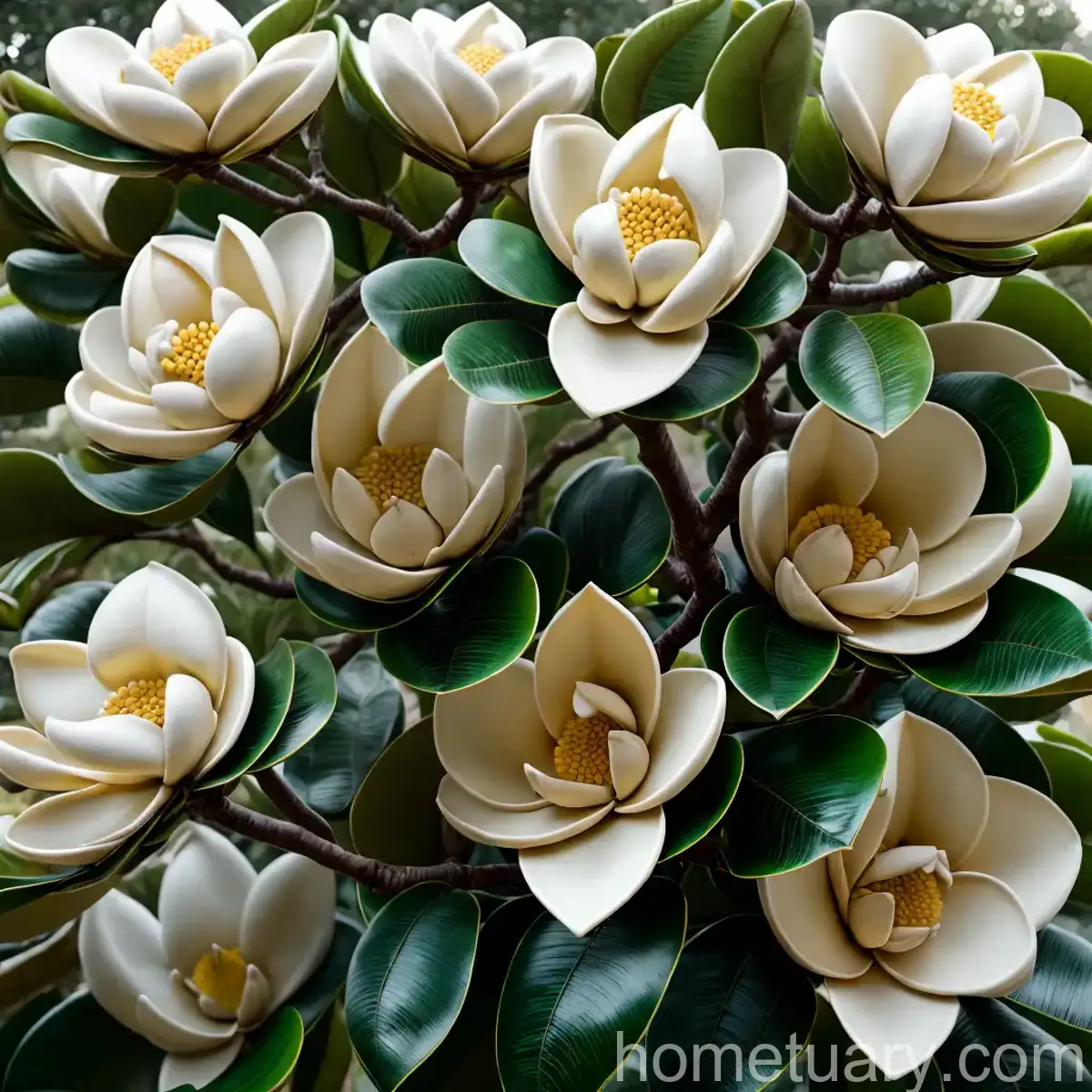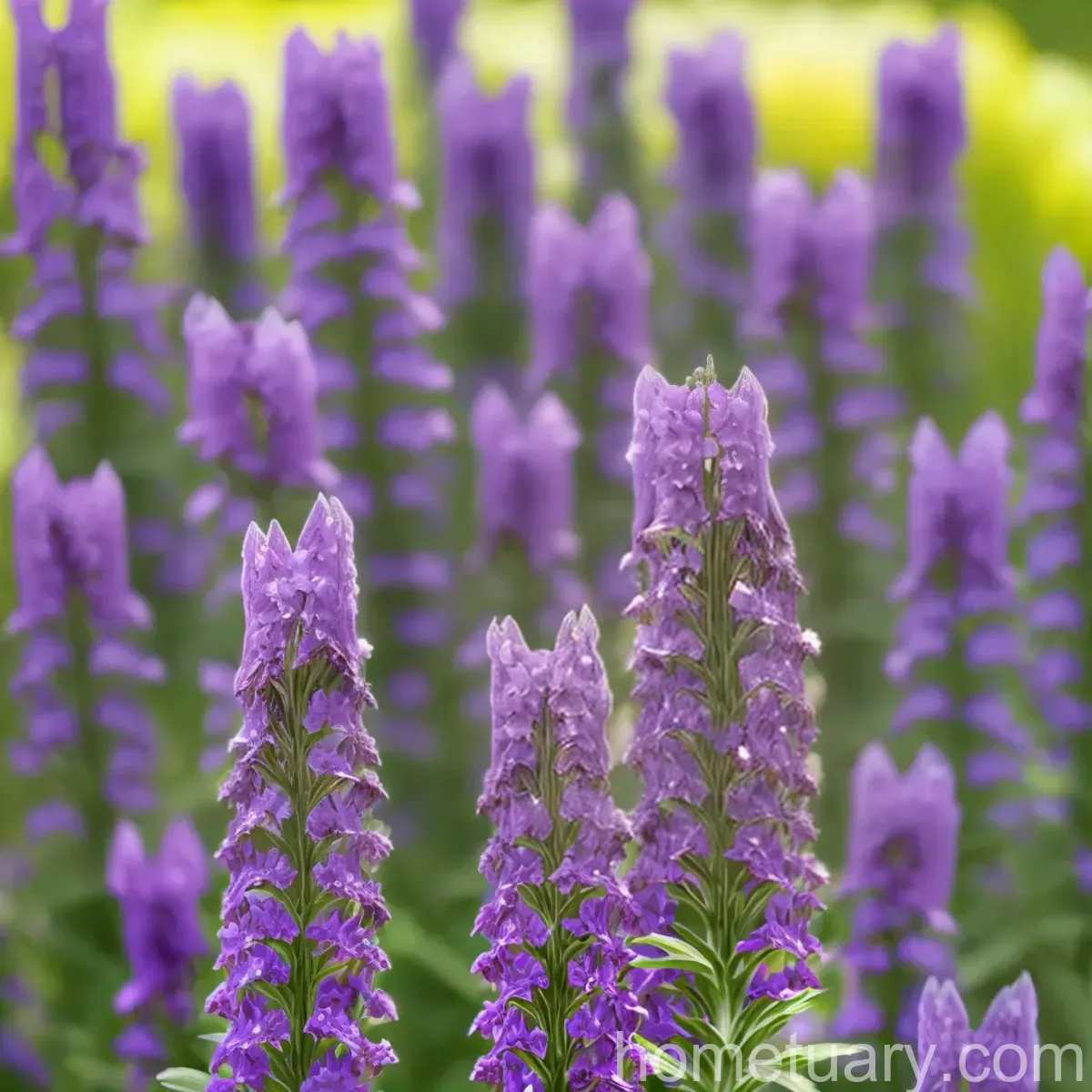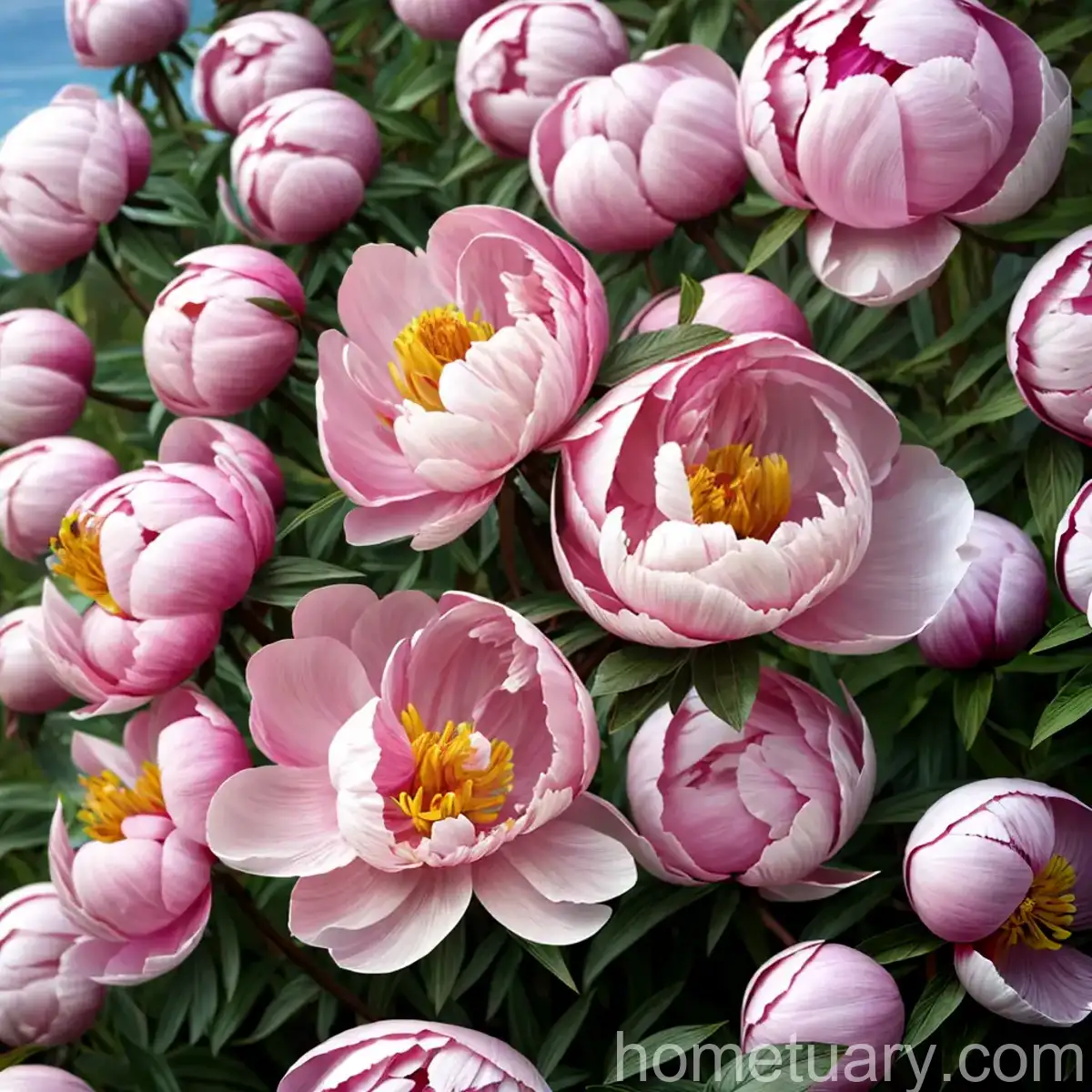The Southern Magnolia (Magnolia grandiflora): A Comprehensive Guide
Introduction
The Southern Magnolia, scientifically known as Magnolia grandiflora, is a magnificent evergreen tree that is cherished for its splendid foliage and large, fragrant flowers. Belonging to the family Magnoliaceae, this plant is native to the southeastern United States and has become a popular choice for gardens, parks, and landscapes worldwide. In this article, we will delve into the various aspects of the Southern Magnolia, including its culture, uses, propagation, care, and more.
What is the Southern Magnolia?
The Southern Magnolia is an iconic tree with glossy, dark green leaves and large, fragrant, creamy white flowers. It is renowned for its beauty and grandeur, making it a focal point in many landscapes. With its wide canopy and striking appearance, the Southern Magnolia adds a touch of elegance to any environment.
Key Takeaways – Southern Magnolia (Magnolia grandiflora)
Before we delve into the details, let’s highlight some key takeaways about the Southern Magnolia:
- Scientific Name: Magnolia grandiflora
- Family: Magnoliaceae
- Common Names: Southern Magnolia, Bull Bay, Evergreen Magnolia
- Native Habitat: Southeastern United States
- Foliage: Evergreen, Glossy, Dark Green Leaves
- Flowers: Large, Fragrant, Creamy White
- Uses: Ornamental Purposes, Medicinal Uses, Timber
Culture
Cultivating the Southern Magnolia requires a good understanding of its specific cultural requirements. Let’s explore the essential aspects of its culture.
Water
- Watering Needs: While the Southern Magnolia is relatively drought-tolerant once established, proper watering is crucial during its early years. Water deeply and infrequently to encourage deep root growth.
- Signs of Overwatering: Yellowing of leaves, leaf drop, and root rot. Keep the soil moderately moist but not waterlogged.
Sunlight
- Light Requirements: Full sun to partial shade. The Southern Magnolia thrives in locations with abundant sunlight, but it can also tolerate some shade, especially in hotter regions.
Fertilizer
- Fertilization: Use a balanced, slow-release fertilizer specially formulated for woody plants in the spring. Avoid excessive nitrogen as it can promote excessive foliage growth at the expense of flowering.
Soil
- Soil Type: Well-draining, acidic to slightly acidic soil. The Southern Magnolia prefers moist, rich, and slightly acidic soils. If your soil is alkaline, consider amending it with elemental sulfur to lower the pH.
Pruning
- Pruning Practices: Prune the Southern Magnolia selectively to maintain its desired shape and remove dead or damaged branches. Avoid heavy pruning, as it can impact the following year’s flower buds.
Uses
Ornamental Purposes
The Southern Magnolia is a popular choice for ornamental planting in parks, gardens, and large landscapes. Its large, creamy white flowers and glossy foliage make it a visually stunning addition to any environment.
Medicinal Uses
In traditional medicine, various parts of the Southern Magnolia, including the bark and leaves, have been used for their potential medicinal properties. They have been attributed to possess anti-inflammatory and anti-anxiety effects, among other benefits.
Timber
The strong and durable wood of the Southern Magnolia has been utilized for crafting furniture, cabinetry, and decorative items. Its fine texture and resistance to decay make it a valuable material for woodworking.
Propagation
Seed Propagation
- Seed Collection: Collect the mature, bright red seeds from the cones of the Southern Magnolia.
- Scarification: To enhance germination, scarify the seeds by gently nicking or filing the hard seed coat.
- Germination: Sow the scarified seeds in a well-draining potting mix and keep them consistently moist. Germination may take several weeks to months, and the resulting seedlings should be nurtured with care.
Stem Cuttings
- Cutting Preparation: Take semi-hardwood stem cuttings in late spring or early summer.
- Rooting Medium: Dip the cut ends in a rooting hormone and place the cuttings in a well-draining potting mix or vermiculite.
- Rooting Conditions: Maintain high humidity and warmth to encourage root development. Once rooted, the cuttings can be potted into individual containers.
Container Popularity
The Southern Magnolia is not only valued for its presence in gardens and landscapes but also as a container plant. Its luscious foliage and generous blooms make it an attractive choice for large containers on patios and in urban settings.
Container Care
- Container Size: Use large, sturdy containers to accommodate the extensive root system of the Southern Magnolia.
- Soil: Utilize well-draining, acidic potting soil that mimics the plant’s natural growing conditions.
- Watering: Ensure adequate moisture levels, especially during hot and dry periods. Container-grown plants may dry out more quickly than those in the ground.
Common Diseases
Similar to other plants, the Southern Magnolia is susceptible to certain diseases that can impact its health and appearance. Understanding these diseases and their potential treatments is essential for maintaining the plant’s vitality.
Disease Diagnosis
- Leaf Spot: Characterized by dark, irregular spots on the leaves, often caused by fungal pathogens. Ensure proper air circulation and avoid overhead irrigation to reduce the risk of leaf spot.
- Anthracnose: This fungal disease can affect the leaves and twigs, causing dark lesions and defoliation. Pruning to improve air circulation and fungicidal sprays can help manage anthracnose.
Common Pests
While the Southern Magnolia is relatively resistant to pests, it can still fall victim to certain insects and arthropods that may compromise its vigor.
Pest Management
- Scale Insects: These tiny, immobile insects can infest the branches and leaves, secreting sticky honeydew that promotes sooty mold growth. Insecticidal soaps or horticultural oils can be effective against scale infestations.
- Spider Mites: These arachnids can cause stippling and webbing on the leaves, leading to reduced photosynthesis. Spraying with water or using insecticidal soaps can help control spider mite populations.
Botanist’s Tips
Soil Amendments
In regions with alkaline soil, incorporating organic matter and elemental sulfur can aid in creating a more suitable pH for the Southern Magnolia. Regular soil testing can provide valuable insights into the soil’s composition and pH levels.
Mulching
Applying a layer of mulch around the base of the Southern Magnolia can help conserve soil moisture, regulate soil temperature, and suppress weed growth. Use organic mulch, such as wood chips or bark, and maintain a distance from the trunk to prevent stem rot.
Pruning Practices
When pruning the Southern Magnolia, employ proper techniques to maintain its natural form and structure. Remove dead or damaged branches, and refrain from extensive pruning near the end of summer to ensure the formation of flower buds for the following year.
Fun Facts
- The Southern Magnolia is the state tree of Mississippi and Louisiana, symbolizing the natural beauty and resilience of the region.
- Its large, waxy leaves are often used in floral arrangements and holiday decorations, adding a touch of grandeur to festive displays.
Links to External Resources
For further information on the Southern Magnolia, refer to the following resources:
1. Magnolia grandiflora – Mississippi State University Extension
2. Growing Magnolias – University of Florida IFAS Extension
3. Magnolia grandiflora: Southern Magnolia – University of Florida IFAS Extension
Conclusion
The Southern Magnolia, with its captivating beauty and versatile uses, holds a special place in the world of plants. Whether adorning the landscape with its lush foliage and aromatic blooms or offering potential health benefits through its traditional uses, this majestic tree continues to inspire admiration and fascination. By understanding its requirements and potential challenges, plant enthusiasts can cultivate and appreciate the Southern Magnolia, embracing its timeless allure and botanical significance.
As we celebrate the enduring legacy of the Southern Magnolia, let us cherish its presence in literature, art, and horticulture, recognizing its cultural and ecological significance for generations to come.
Keywords: Southern magnolia tree, Magnolia grandiflora, Magnolia plant, Southern magnolia flower, Large-flowered magnolia, Evergreen tree magnolia, Magnolia grandiflora species, Native magnolia trees, Southern magnolia leaves, Southern magnolia facts, Magnolia grandiflora care, Magnolia tree varieties, Southern magnolia propagation, Southern magnolia growth, Magnolia grandiflora pruning, Magnolia tree diseases, Southern magnolia landscape, Magnolia grandiflora uses, Southern magnolia in gardens, Magnolia tree planting tips, Southern magnolia in winter, Magnolia grandiflora bark, Southern magnolia fragrance, Magnolia tree sizes, Southern magnolia pests, Magnolia grandiflora taxonomy, Southern magnolia seed pods, Magnolia tree roots, Southern magnolia state tree, Magnolia grandiflora history, Southern magnolia in literature, Magnolia tree symbolism, Southern magnolia medicinal uses, Magnolia grandiflora in art, Southern magnolia oil, Magnolia tree leaves, Southern magnolia wood, Magnolia grandiflora landscape design, Southern magnolia climate requirements, Magnolia tree fruit, Southern magnolia bloom time, Magnolia grandiflora natural habitat, Southern magnolia garden design, Magnolia tree allergy, Southern magnolia traditional uses, Magnolia grandiflora in mythology, Southern magnolia wild species, Magnolia tree bird attracting, Southern magnolia leaf spot, Magnolia grandiflora cultural significance




